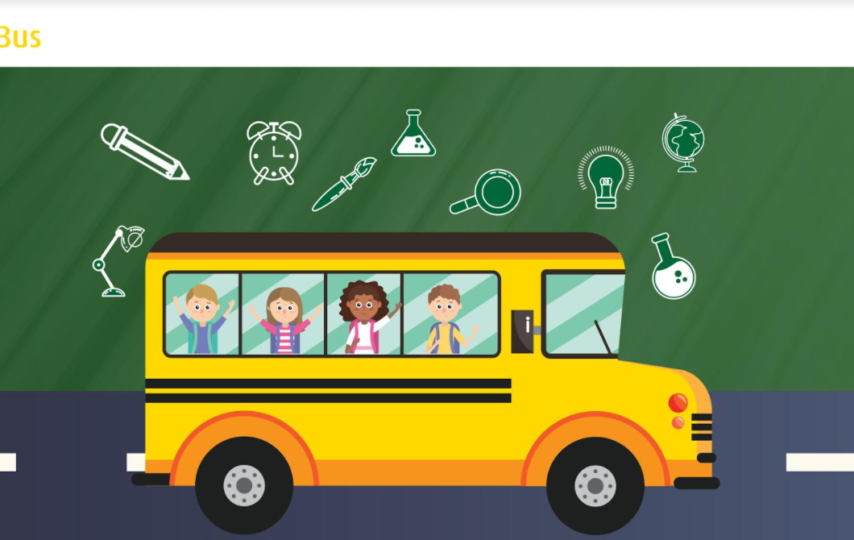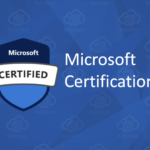Transporting education to a new level: How using digital solutions for school bus fleet management can improve the quality of education and holistic development
Time is a precious resource in a student’s life. When it comes to school-goers, especially those in middle school and beyond, the value of time management is reiterated to them by their parents and teachers alike. As they move to higher classes, students become increasingly aware of the importance of following a schedule to keep up with the ever-expanding scholastic sphere as well as a growing range of co-curricular activities.
Against this backdrop, the onus of empowering students with efficient processes falls on the shoulders of the school administration. How? To begin with, schools can look at ways to minimize the “dead time” of students during the commute to and from school.
Tick-tock, tick-tock: How the commute time adds to the already stressful schedule of students
The school time or the K-12 period of education, which typically lasts for about 14 years, is no less hectic in a person’s life. Even when one zooms in to look at a single day in a life of an average school-goer, they spend nearly 6 hours at school from 8 AM to 2 PM — about one-third of their day, six days a week. This fragmentation implies that an average student has 18 hours on their hands for themselves. If we remove the sleeping time, taking an average of eight hours of required sleep, the remainder comes down to ten hours. Ten hours every day, while not plenty, is still enough for a student to complete their homework, help their parents with domestic chores, and play with their friends, or spend some time pursuing their interests.
However, this is still the best-case scenario, and an ideal one that rarely translates, as is, into reality. This is because of the existence of “deadtime” — the duration that is spent in-between the transition from one event to another during which a system cannot respond. When it comes to human beings, it happens most commonly during a commute, be it from one’s home to office or school and back again, or when traveling from one place to another.
A person cannot do much with this time, except wait for the transition process to come to an end. One can use that time for recreational purposes such as reading or listening to music or an educational podcast, but this assumption also presumes that there is nothing to disrupt the ideal scenario — no shouting or chattering from fellow students, for instance. In fact, most school-goers are typically not allowed to carry digital devices with them to school, so they cannot animate their dead time through recreation either.
This is a problem for many students because, most of them, especially those living at a distance from their school, can spend as much as one hour on one-way travel from school to home. If we add the second round of the trip, and factor in traffic conditions, the span of deadtime-in-transit for a student can extend to a whopping two hours-thirty minutes or even three hours every day. It must be noted that this time eats into a student’s personal time (which we had calculated as ten hours in an ideal case). Therefore, an average student is really left with less than seven hours to themselves, in which they must cram in everything from homework, family time, and playtime to relaxation and even tuition.
This, as we can see, is a major problem but one, as it happens, that is easily solvable.
Enter technology: How new-age logistics solutions can help schools optimize their students’ schedules
New-age digital fleet management solutions are offering advanced AI-enabled tools that can help school management to drive the most optimal fleet operations of the buses operating under them. School transport admins can leverage these solutions to optimize the route planning process while ensuring better oversight and compliance management in line with the tenets of safety, security, and hygiene in the post-pandemic world.
The automated system can run a deep analysis of parameters including stoppages, stoppage time, distance, transport requirements, fleet/student schedules, and travel time on existing routes. The system can then leverage the data-mined insights to automatically identify the best route that the vehicles can take to pick up all the allotted students while minimizing the time taken for and the fuel exhausted during the entire trip.
This tech-led intervention can help the transport admins employed at schools to maximize the efficiency, accuracy, and precision of their fleet operations. Consequently, school admins can bring down the number of vehicles used, and the trips made, thereby avoiding unpredictable cost overruns while ensuring optimal vehicle occupancy in line with social distancing norms.
What this means is that, following the implementation of automated fleet management systems, schools can minimize the dead time for their students, thus helping them introduce greater flexibility and breathing room into their tight schedules. Cutting-edge school bus management systems are also capable of sending real-time updates involving the arrival/departure time on an app to parents, which can further empower students to manage their timeline and minimize the chance of missing their bus.
In addition, such systems also allow parents to keep track of the boarding/deboarding status of their children and receive notifications in real-time in case of an emergency such as engine breakdown. This gives the parents peace of mind during unexpected situations while alerting them to the need of picking up their children or wards from the physical point on the route mapped on their app.
The Bottom Line: The benefits of a smart transport management system to the school administration
As mentioned above, automated school bus management can help schools bring down the overall cost of operations by reducing the number of transport managers employed to manually manage route planning. Efficient route planning can further maximize the cost-effectiveness associated with fuel costs by clubbing pick-up/drop-down zones aligned with the most optimal route. Automated systems are also capable of fine-tuning the pre-defined route to resolve unexpected obstacles such as aberrant traffic congestion caused by road accidents, VIP pass-by, etc. Schools can then divert the saved capital towards building or expanding their infrastructure including libraries, computer and science labs, classrooms, etc. Such tech-led optimizations can empower schools to validate the credibility of their claims of excellence as well as future-centric outlook.








